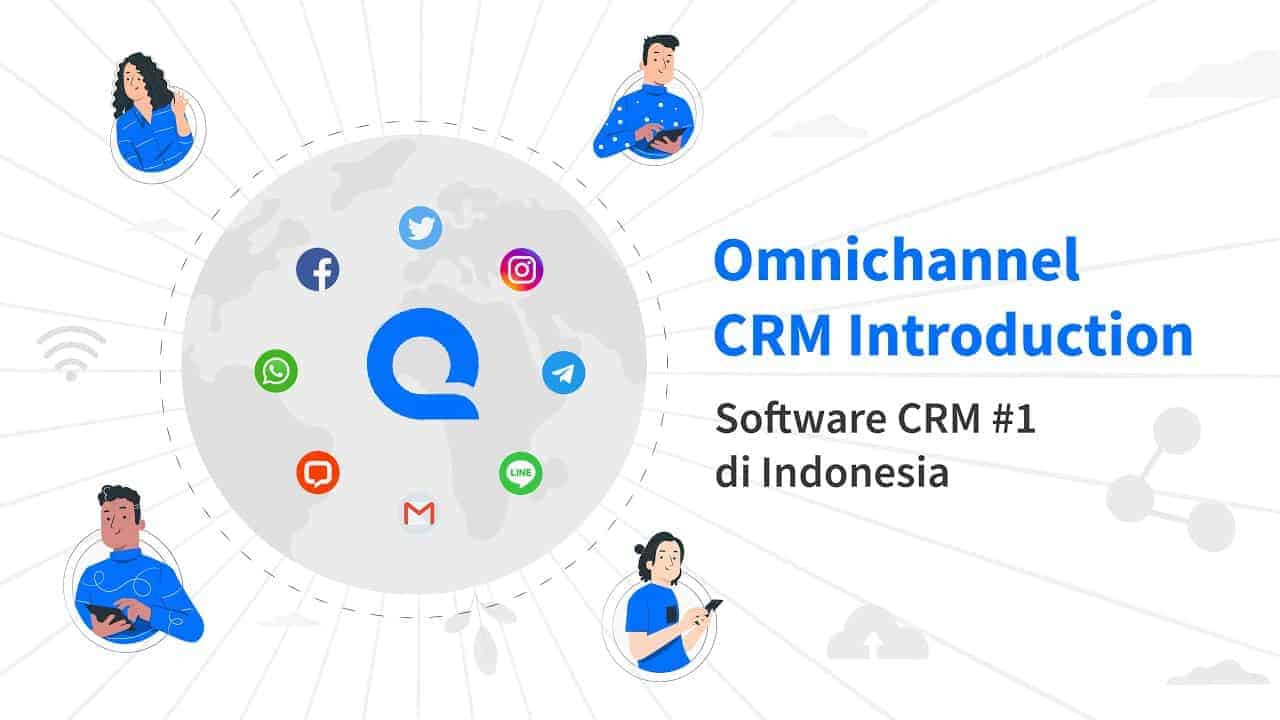
If you run a business, you understand that customer feedback is crucial for any business that wants to grow and succeed. But how can you be sure your customers are happy? The secret to that is listening to what they have to say.
You can learn a lot when you gather and look at customer feedback regarding their experiences with your business. It helps you understand why is customer feedback important, what they like, what they want, and how to collect customer feedback effectively from your business.
With this knowledge, you can make smart choices to improve your business. Let’s explore the world of customer feedback!
What is Customer Feedback?
Customer feedback means getting input about a product, service, or business. You can get this input in different ways, like surveys, online reviews, social media, emails, phone calls, or talking directly with customers.
This feedback is like a treasure trove of information. It tells you how happy your customers are, where you can improve, and how well your business is doing. It’s like a report card for your company’s performance.
Types of Customer Feedback
Businesses can gather customer feedback to improve their products, services, and overall customer experience. Let’s explore some common ways:
- Online Reviews: Customers share thoughts on platforms like Google or social media. Businesses read these reviews to improve.
- Focus Groups: Small groups discuss products. Businesses learn customer feelings and record discussions.
- Customer Interviews: One-on-one conversations dive deep into customer thoughts.
- Feedback Forms: Often on websites, these ask for thoughts with ratings or questions, helping businesses improve.
- Social Media: Businesses listen and learn from customer feedback on Twitter, Facebook, and Instagram, making improvements based on experiences.
So, there are various ways for businesses to hear from their customers and make positive changes based on their feedback.
Why is Customer Feedback Important?
Customer feedback is essential for businesses. It’s like a treasure chest of information telling customers how they feel about their products, services, and what they expect.
Let’s see why it’s so important for businesses:
1. Improves Customer Experience
Customer feedback helps businesses make things better for customers.
For instance, businesses can make it easier if customers say something is hard to use. This makes customers happier, increased customer satisfaction, and loyalty.
Also Read: Understanding What is Customer Experience
2. Enhances Product/Service Quality
It’s like having a guide to make products or services even better. By listening to feedback, businesses can fix issues and improve quality.
This leads to better reviews, loyal customers, and more money.
3. Builds Customer Loyalty
Customers like it when businesses care about their opinions. By taking feedback seriously, businesses gain trust and keep customers coming back. It’s like saying, “We value you.”
4. Boosts Revenue
When businesses listen to feedback and improve, more people want to buy from them. Improving the customer experience can lead to positive word-of-mouth, good reviews, and satisfied customers mean more sales and money.
5. Provides a Competitive Edge
By paying attention to feedback, businesses can stay ahead of the competition. They can understand how to ask for customer feedback and what customers want and give it to them.
This sets them apart and makes them leaders in their industry.
How to Collect Customer Feedback?
There are many ways to collect customer feedback, each with unique advantages. Here are some of the most common methods and examples of customer feedback:
1. Surveys
Surveys are a popular way to collect customer feedback. For instance, an online clothing store can create a survey to understand customer preferences. Here’s an example of a survey question:
Question: On a scale of 1 to 10, how satisfied are you with our product variety?
2. Interviews
Interviews provide a deeper understanding of customer opinions. Imagine you run a software company. You interview a long-term client to gather feedback on your software’s usability. Here’s an example:
Customer Interview: During the interview, the customer explains how a recent software update improved their workflow and suggests additional features they’d find helpful.
3. Focus Groups
Focus groups involve a small group of customers discussing a particular product or service. Let’s say you manage a restaurant and want to gather feedback on a new menu. You organize a focus group. Here’s an example:
Focus Group Discussion: Customers sample new dishes and share their preferences. They discuss what they liked and disliked, helping you refine the menu.
4. Social Media
Social media platforms like Twitter, Facebook, and Instagram offer a quick way to gather feedback. If you own a tech company, you can run a Twitter poll. For example:
Twitter Poll: Which feature would you like to see in our next software update? Comment with your choice: A) Enhanced Security B) Improved User Interface C) More Features
5. Online Reviews
Online reviews are readily available on platforms like Google. Let’s say you manage an e-commerce site. You receive a review for a recently purchased item. Here’s how you can respond:
Online Review Response: Thank you for your review! We’re glad you enjoyed the product. Your feedback helps us continually improve.
6. Feedback Forms
Feedback forms on your website can be tailored to collect specific information. Consider you run a hotel. You have a feedback form for guests to share their stay experiences. An example question:
Feedback Form Question: How would you rate the cleanliness of your room? (Scale: Very Clean, Clean, Average, Not Clean)
7. Customer Support Interactions
Customer support interactions offer a direct feedback channel. Imagine you provide software support. After resolving a customer’s issue, your support agent asks for feedback. Example:
Support Interaction:
- Agent – “Is there anything else I can assist you with today?”
- Customer – “No, you’ve been very helpful, thank you!” Agent – “You’re welcome! Before we conclude, could you share your overall experience with our support today?”
Customer Feedback Strategy
Making a strategy to collect customer feedback is important for businesses. Here’s how you can do it:
1. Set Clear Goals
First, determine your goal by collecting customer feedback. Do you want happier customers, better products, or an improved overall experience?
Setting goals helps you know what kind of feedback to collect customer feedback.
2. Know Your Audience
Understand who your customers are and what feedback matters most to them.
Are you focusing on new customers or those who have been with you for a while? Knowing your audience helps tailor your questions and methods.
3. Choose the Right Ways
Decide how to collect customer feedback. You can use surveys, online reviews, customer talks, feedback forms, or social media. Picking the right methods is crucial.
4. Ask the Right Questions
The questions you ask are super important. Make sure they’re open-ended, allowing customers to explain in detail. Avoid questions that might lead customers to give specific answers.
5. Put Your Plan in Action
Once your questions and methods are ready, start collecting customer feedback. This might mean sending surveys by email, watching online reviews, or talking directly to customers.
6. Study and Act on Feedback
After collecting customer feedback, it’s time to dig into it. You can use tools to find patterns and trends. And most importantly, take action based on what you learn.
This could mean improving your products, services, or customer experience.
7. Talk to Your Customers
Keep the conversation going with your customers. Respond to online reviews, share what you’ve learned from surveys, or tell them about changes you’ve made because of their feedback.
This shows you value their input and want to make things better.
Conclusion
Customer feedback is super important for any business that wants to grow and do well. When you pay attention to what your customers say, you learn much about what they like, want, and expect. This helps you make smart decisions to improve your products, services, and overall customer experience.
Having the right tools is key to getting the most out of customer feedback. You can think about using CRM software like Mekari Qontak. It helps you collect customer feedback and understand it, answer customer questions, and keep an eye on how to get it.
So, don’t wait! Start collecting customer feedback today and use the powerful Mekari Qontak CRM software to take your business to the next level. You can visit our website to learn more and even try it out for free!








